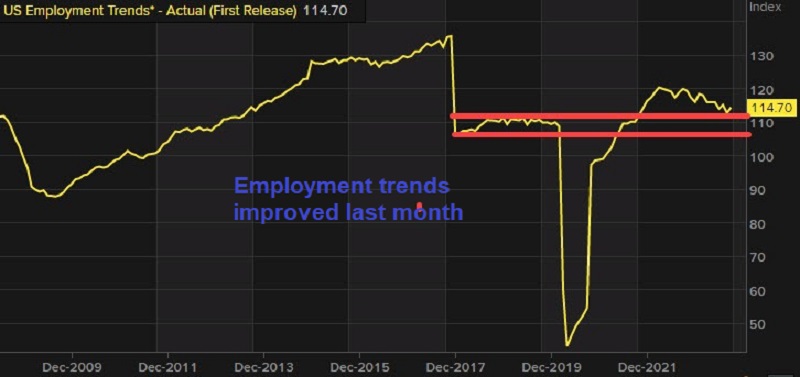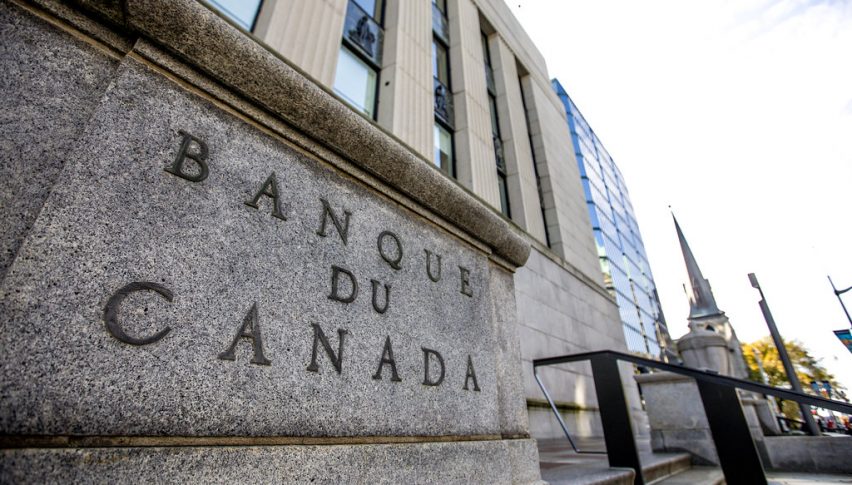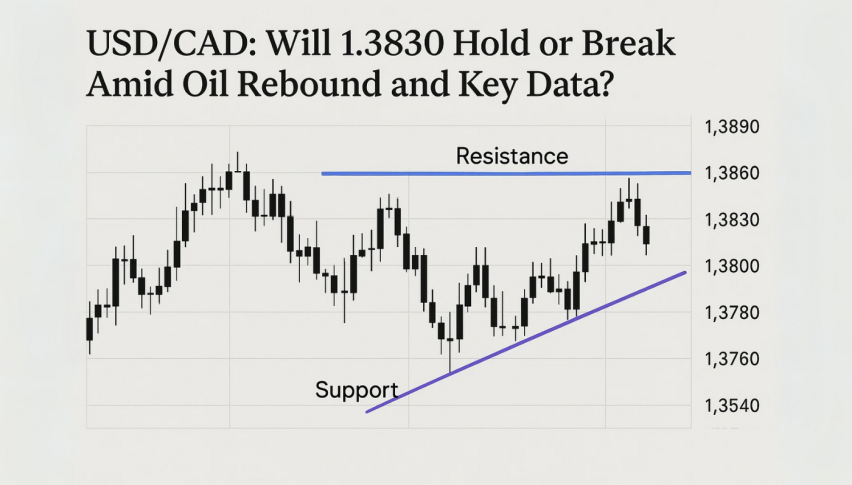USD Still In Retreat Ahead of Inflation Data, Despite Strong Employment
US Employment Transfer showed an improvement for September, adding further to positive employment reports, but bond yields are falling

The USD has been in demand since July, helped by the surge in Treasury yields, which pushed the price for US 10s to 4.892 by Thursday last week. But they have been retreating lower since then which has dragged down the USD, benefiting all other assets.
Yesterday the decline in bond yields stalled, but besides the inherent geopolitical risk, yesterday’s trade was complicated by the fact that the bond market was closed due to a brief US holiday. As a result, the liquidity was peculiar, and market signals were erratic. Yields fell when fixed-income trade resumed in Asia today, but they gradually increased during the European session. Although in the US session, we saw a reversal lower, As US 10-year rates have decreased to 4.64% from 4.71%, bond purchases have resumed as we have reached peak US liquidity once more.
Last week we saw some great employment figures from the US, apart from the ADP number which is usually brushed aside by the markets. Non-Farm Payrolls NFP jumped to 360K, but the retreat in bonds continued, as well as in the USD.
US Employment Transfer September 2023
- Employment trends for September rises to 114.66 versus 114.16 last month (revised)
- Prior month 113.02 revised higher to 114.16
- US employment transfer September 2023 rises to 114.66
From the Conference Board:
“The ETI rose slightly in September, signaling continued job growth ahead,” said Selcuk Eren, Senior Economist at The Conference Board. “The Index has been on a slow downward trend since it peaked in March 2022, but remains well above prepandemic levels. This suggests the US economy will continue adding jobs through the remainder of 2023 and into next year, even if the rate of growth slows. With job gains remaining robust and wage growth still elevated, we expect the Federal Reserve to raise interest rates in November and keep rates higher for longer.”
“Several components of the ETI confirm that US labor markets are still tight. Initial claims for unemployment insurance remain very low, as does the ratio of workers who work part-time because they can’t find full-time positions. Likewise, the percentage of firms reporting difficulty filling their vacant positions ticked up in September.”
“Meanwhile, the number of employees working in temporary help services—an important early indicator for hiring in other industries—continues to fall after peaking in March 2022 and the proportion of consumers who said jobs were ‘hard to get’ in The Conference Board Consumer Confidence Survey® increased. Looking ahead, we expect the Fed’s rate hikes to gradually slow job growth, with job losses likely to start in Q2 2024. Our latest US forecast sees the unemployment rate rising to 4.2 percent by the second half of 2024, corresponding to around 700,000 job losses. However, we expect the recession to be short-lived and jobs to quickly recover by the end of next year.”
- Check out our free forex signals
- Follow the top economic events on FX Leaders economic calendar
- Trade better, discover more Forex Trading Strategies
- Open a FREE Trading Account


